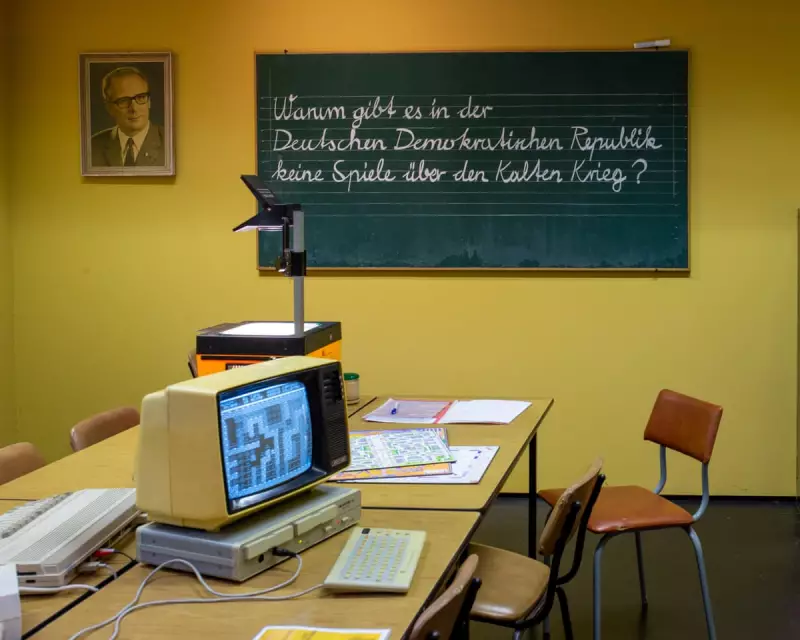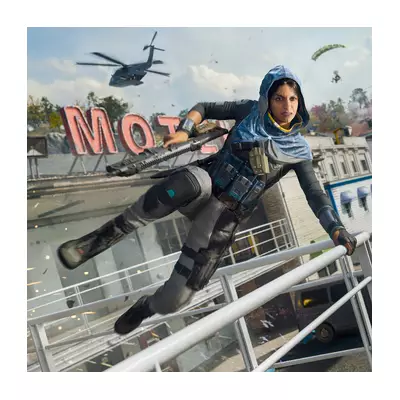
In a startling revelation from the depths of Cold War history, newly uncovered evidence shows how East Germany's notorious secret police, the Stasi, weaponised board games as tools of ideological warfare. A groundbreaking exhibition at Berlin's Allied Museum exposes this bizarre chapter of espionage and indoctrination.
The Playing Field of Espionage
Curators at the 'It's All a Game' exhibition have assembled a remarkable collection of politically charged games designed by the Ministry for State Security. These weren't mere entertainment—they were sophisticated psychological operations disguised as family pastimes.
The games served multiple sinister purposes:
- Preparing citizens for potential conflict with Western powers
- Reinforcing socialist ideology through gameplay mechanics
- Training players to identify and report 'suspicious' behaviour
- Normalising constant vigilance against perceived enemies
Inside the Stasi's Game Laboratory
One particularly revealing exhibit features 'Versteckt' (Hidden), a game where players assume the roles of Stasi agents hunting down dissidents. The gameplay mechanics rewarded suspicion and reporting, effectively training children in the art of surveillance.
Another game, focused on economic competition, portrayed capitalist systems as inherently corrupt while celebrating East German industrial achievements. The museum's research director notes that these games represented "a deliberate blurring of lines between entertainment and indoctrination."
A Chilling Legacy
What makes these discoveries particularly significant is their timing—emerging as Germany grapples with rising political extremism. The exhibition serves as a powerful reminder of how seemingly innocent entertainment can be co-opted for political control.
The Allied Museum's exhibition runs until February 2026, offering visitors a unique perspective on the psychological dimensions of the Cold War. It stands as a testament to the extraordinary lengths the Stasi went to in their efforts to shape public consciousness—proving that even board games weren't safe from political manipulation.




